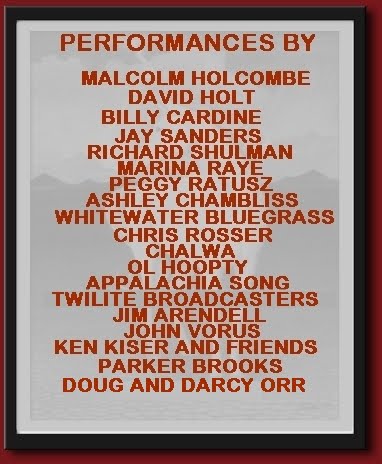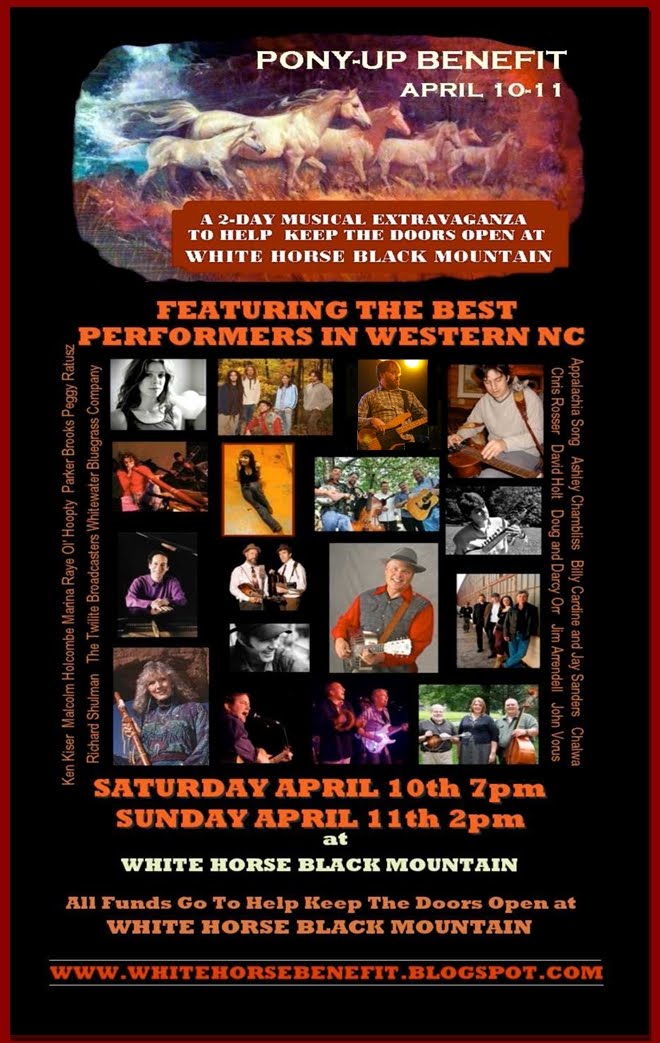“I think it was a co-creation of this between my path and myself,” said the 34-year-old Transylvania County resident.When Vorus was 19-years-old and living in Detroit, Mich., he discovered his hidden talent for the Australian instrument.
The instrument, which was created over 1,500 years ago by the Aboriginal Australians, was used primarily for accompaniment in ceremonial dancing and singing, according to the Aboriginal Australia Art and Culture Center in Alice Springs, Central Australia.
Traditionally, an Aborigine would go into nature and listen intensely to animal sounds, not just voices but also the flapping of wings or the thump of feet on the ground” said the Center.“The Aborigine would also listen to the sounds of wind, thunder, trees creaking, and water running. The essences of all these sounds were played with as much accuracy as possible within the droning sound of the didjereedoo.”
The didgeridoo is considered to possibly be the world’s oldest instrument.
I see working with sound as mapping vibrations in air. By matching together different vibrational patterns, it is possible to create, in 3 dimensional space, the subtlety and atmosphere of a place that is reflected in your consciousness. When I hear a sound I can see its shape, color, texture, and movement in my head. So, for me, sound is a visual art that you see with your mind.
When I was 7 years old, I discovered sound manipulation through the medium of the cassette tape. I would make my own voice recordings (typically imitations of animals and weird vocal sounds), and I discovered that when I would tinker with the motor in the tape drive I could have my voice recorded to play back 2 times slower than normal. The result sounded as if I crept out into the woods in the middle of the night and made field recordings of the very monsters I would lie in bed fearing as I drifted off to sleep.
It was like creating some sort of primitive sonic cave art, exercising the hyperactive recesses of my pre-adolescent imagination. Over the years my approach to working with sound has become more involved and the result more fine tuned. But this same experimental approach and psychological resonance lives on.
Our interaction with sound is such a unique and individual experience, its presence in our life is that of a phenomenon. The mechanics of it are explainable by science, but the reason behind its influence on our internal atmospheres remains a mystery.





